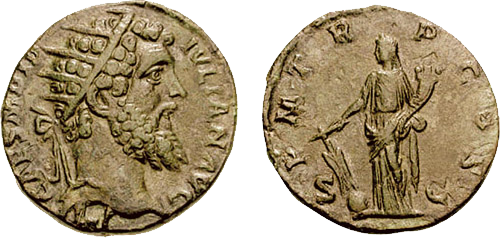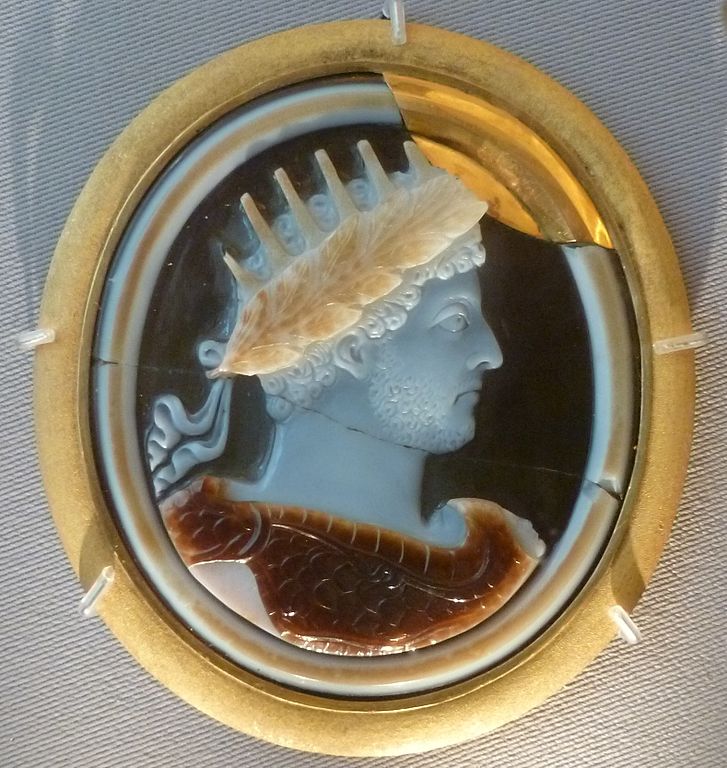Pestilence raged in Rome, and over most of the Empire … (The First Four Seals, pg. 27).
This well-documented outbreak was likely the black death or plague (although smallpox is also suggested), the same which decimated the population of Europe in the 14th and 15th centuries.
“In 212, during the reign of Caracalla, Roman citizenship was granted to all freeborn inhabitants of the Empire. But despite this gesture of universality, the Severan dynasty was tumultuous—an emperor’s reign was ended routinely by his murder or execution—and, following its collapse, the Roman Empire was engulfed by the Crisis of the Third Century, a period of invasions, civil strife, economic disorder, and plague.”
“Roman Empire: History,” Wikipedia, referencing P. Brown, The World of Late Antiquity, London, 1971, p. 22. Emphasis added.

